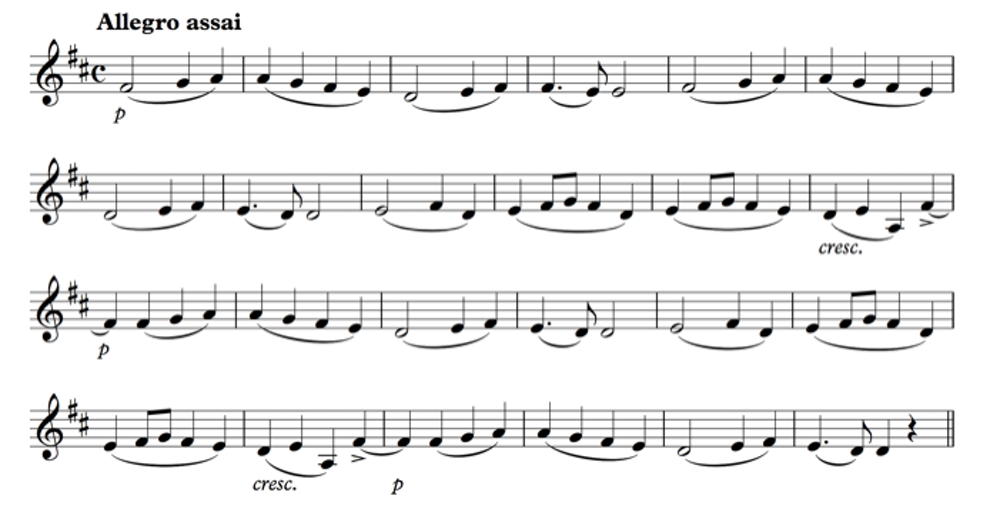
How Beethoven’s ‘mistake’ became one of our most famous tunes
This article was written by Scott Davie, piano tutor and lecturer at the Sydney Conservatorium Music, and was originally published on The Conversation.
Without question, the final movement of Beethoven’s Ninth Symphony contains one of the most famous tunes ever written. Since its first performance in 1824, the Ode to Joy has been repurposed in endless ways, both reverential and exploitative, from performances at the Berlin Wall to its use in tawdry advertising.
Yet the Ninth Symphony is not a work from Beethoven’s rebellious youth. Rather, it is a “late” work. Premiering 12 years after his Seventh and Eighth Symphonies (and three years before his death), it followed a period in which he appears to have struggled with life. His output had dropped, certain works were of dubious merit, and he had endured a humiliating legal wrangle to gain custody of his nephew. In short, he suspected his time as Vienna’s most popular composer had ended.
So, why did Beethoven choose to set this text? Is it an expression of decisive optimism, a sign of deeper reconciliation, or an attempt to convey a message which would otherwise fail through music alone?
‘Obstreperous roarings’
Given the powerful questions the final movement of this symphony poses, and the enduring popularity of the famous tune, it is paradoxical that Beethoven thought he had made a mistake.
Following its first performance, he briefly canvassed plans for an instrumental replacement for the Ode to Joy. The symphonic form, as it was then understood, was not only purely instrumental but had also come to signify elemental purity. Arguably, it was a class of music that should rise above matters expressible merely in words.
Yet perhaps a bigger “mistake” was yet to be recognised. In the late days of the so-called “classical” period, a symphony was typically around 30 minutes long. However Beethoven challenged audiences to remain attentive here for over an hour. Similarly, orchestras were not yet as accomplished as later professional ensembles, and the taxing writing for wind and brass players – not to mention the stratospheric vocal lines – were beyond the scope of many.

Despite its commission by the London Philharmonic Society (for a fee of £50), the first performance occurred in Vienna on 7 May, 1824. It followed a petition insisting that the city be the first to hear the new work, circulated by notable supporters. Even with many fans in attendance, however, some negative views were privately expressed.
In London the following year, the Ninth Symphony was greeted by a hostile and conservative press, who suspected the composer’s deafness and old age had led him astray. Influential London music publication the Harmonicon described the performance as a “fearful period indeed”, which put “the patience of the audience to a severe trial”.
While that reviewer believed the work could be saved through massive cuts, the Quarterly Musical Magazine and Review was entirely dismissive, carping about the “obstreperous roarings of modern frenzy” in art.
More than a finale
Within a decade, however, views about the symphony began to change. Professional orchestras and dedicated conductors – such as Mendelssohn, Berlioz and Wagner – brought order to performances, its substantial length became less remarkable, and it became a universal favourite. Yet the Ninth Symphony, which comprises of four varied movements, is about more than its culminating finale. The opening of the symphony is famous for the way its powerful principal theme emerges, as if from nebulous obscurity.
Want to continue reading?
This article is republished from The Conversation under a Creative Commons license. Head over to The Conversation to read more.
You might also be interested in
-
-
-
Explore the program notes in advance

